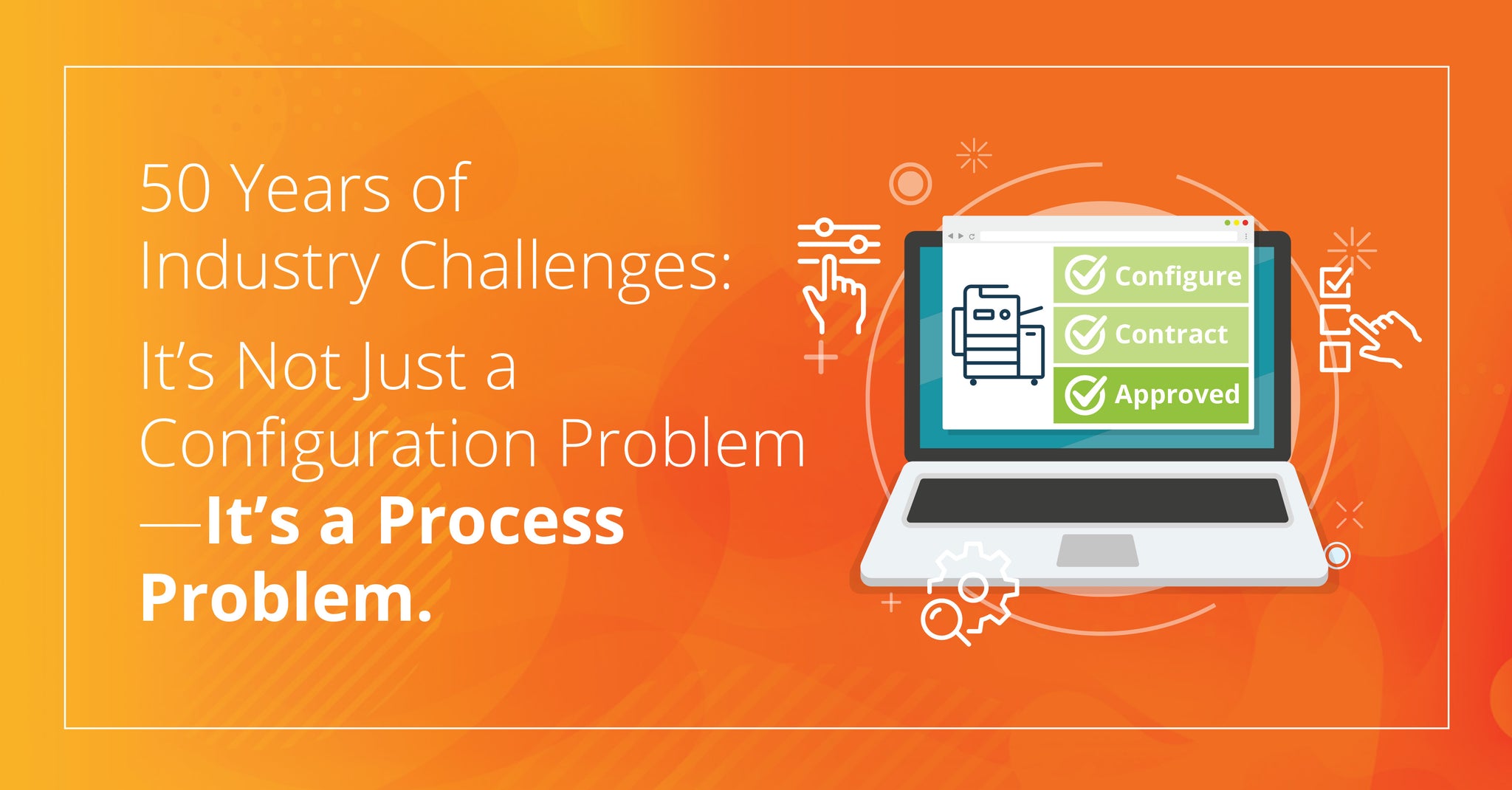OEMs like HP and Xerox Aren’t Turning the Screw, They Are Trying to Help You (and Themselves)

OEMs have been masterful at using both the carrot and the stick within the channel. Sometimes, channel partners confuse which is which. If you fight with your OEM partners on these three initiatives it probably won’t end well.
Here’s how OEMs view the current market:
- The overall market for printing is decreasing YOY
- A3 pages and especially A3 mono (for segments 2 through 6) are in rapid decline
- Color printing is up in some categories (desktop color A4)
If you want to grow revenue you need to:
- Keep what you have
- Take business from competitors
- Repatriate supply business away from compatibles
The last point is significant. While OEMs (begrudgingly) agree the aftermarket has a right to exist, they want that market share reduced. When revenue was increasing, it was not a focus, but as revenue declines, it is the obvious place to look for incremental revenue.
Stick: Contracted Supply Pricing for Customers
HP has led the way here. Price discounts for customers and partners that opt-in are close to the cost of comparable compatible supplies. Sure, there are some requirements for reporting that come with it, but on the whole, if a customer can get OEM for something close to the cost of compatible, why not? Partners are in a “prisoner's dilemma". If you don’t offer this option to your customers, others will, and you are left without the business.
Why is this a stick? This is viewed as endgame with the compatible industry. It is now concentrated within 2-3 companies, and if they can switch 20% of that business, this could kill off the weakest remaining vendors. When competition is eliminated, will the prices stay down long term? Stick.
Carrot: Requiring Partners to Have an E-commerce Website
I’ve heard some resellers complain loudly about this. There is an “if it ain’t broke don’t fix it/don’t tell me how to sell, I’ve been doing this for decades…” retort here. OEMs like HP and Xerox have a more holistic view of where the market is heading, they understand that business technology is moving online and print is really no different in this regard. Their reactions here are twofold:
- Build products more accessible to online buyers
- Make sure their sales channel can manage the online business.

A good example of the first point is Epson. Imagine an MFP/printer that costs less than $1000, can print 2000 pages per month, and requires no service or supplies for three years? They did it. More OEMs will surely follow this lead. The second point is a bit more obvious. Viewed this way, the model of bigger devices that need 3-4 service interventions per year is not “e-commerce friendly”.
The debate about buyers moving online is no longer a debate. They are there, and it’s a big problem for the OEMs if their sales channels are not participating.
Knowing that it will take time to migrate purchases online, OEMs at least need to see their partners participating. I suspect they will soon put resellers into two buckets: one labelled progressive (help them grow) and the other labelled passive (harvest).
Stick: Minimum Combined Hardware and Supplies Targets
Another area of exposure OEMs have are resellers that sell mostly hardware or mostly supplies; they need partners that manage the lifecycle of the equipment. Because of this, some OEMs require partners to sell minimum amounts of supplies and hardware. Selling hardware alone opens up the aftermarket to these unmanaged devices. Selling only supplies exposes the OEM to mass replacement of hardware by another partner that manages devices via MPS.
Most partners I speak to have a massive opportunity here. If you do a quick count of devices in your remote monitoring system, there could be thousands of devices you do not manage, or even provide supplies for. Partners like HP and Xerox are happy to work on a strategy to “repatriate” them. OurSupply Cupboard product is an excellent option here.
OEM strategies can be summed up in simple terms: print is declining. Much of what remains will eventually be acquired online. In order to grow market share OEMs are now focused on the revenue aftermarket vendors now occupy. They need partners that share their vision of the future, not ones that fight it.


